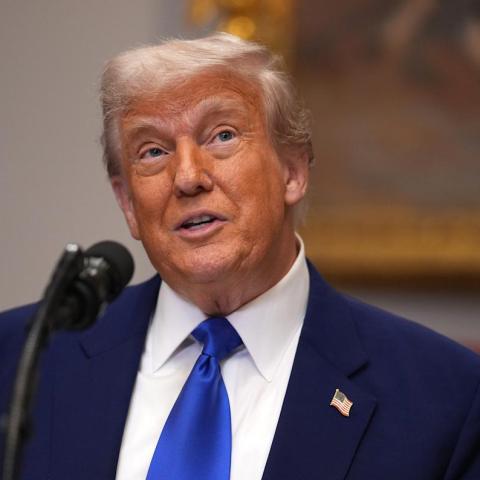This season’s Monaco Grand Prix is set to shake things up. For the first time, drivers must make at least two mandatory pit stops during the race. Will this change bring excitement back to Monaco?
### Why the Change?
Last year’s Grand Prix highlighted a big problem: Monaco races often become predictable. The track puts minimal stress on tires, leading to one-stop strategies. Many drivers can finish in the same order they started, which is not what fans want to see.
In a notable incident during the 2024 race, a crash caused a red flag early on. With drivers allowed to change tires without losing time, most opted not to pit again. This resulted in a race where the top ten drivers remained in their starting order—far from thrilling.
To spice things up, the FIA decided that every driver must make at least two pit stops and use three different tire compounds. If it stays dry, drivers must use two slick compounds, including one of the harder ones. This ensures more strategy and unpredictability.
### Tire Dynamics
Significantly, a new C6 tire compound has been introduced. Initial tests showed it degrades quickly. Interestingly, some teams have performed better on the C5 medium instead, complicating tire strategy further.
Teams are expected to prefer the C5 medium as their starting tire based on practice session data. While we may see the C6 tires in play, it’s clear that teams will weigh their options carefully.
### What to Expect on Race Day
Some teams might pit early—especially those at the back of the grid—giving them clean air and a chance to overtake. On the flip side, drivers at the front might choose to stay out longer, especially if a Safety Car emerges, a common sight in Monaco.
In the previous race, George Russell spent most of his time on what is now classified as the hard compound, signaling that such strategies might work again.
### The Bigger Picture
As we look at team dynamics, Red Bull has a clear two-driver strategy, allowing them to manage rival pressures effectively. Other teams, like McLaren and Ferrari, do not have such defined roles, making their strategies less predictable.
While these new regulations aim to increase excitement, they don’t address the fundamental issue: the cars are still oversized for Monaco’s narrow streets. Plans for slightly smaller cars in 2026 might help, but they won’t fully transform the racing experience.
In the end, the unique charm of Monaco, with its quirks, remains intact. This grand prix continues to challenge drivers and teams, showcasing the rich history of Formula 1 racing. Will the new rules stir up more action? Only time will tell.
Source link
Home Page,Monaco Grand Prix,News,






















